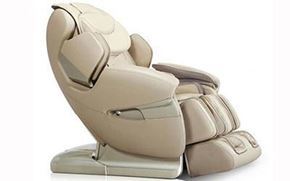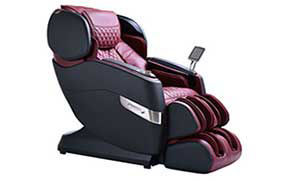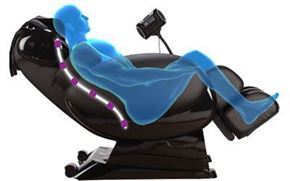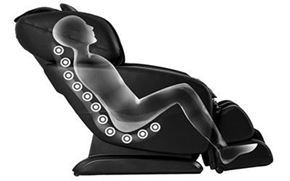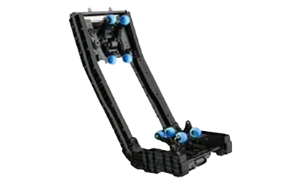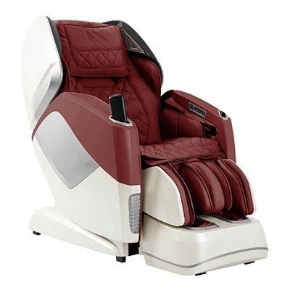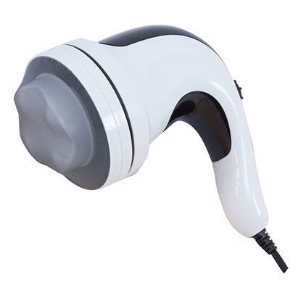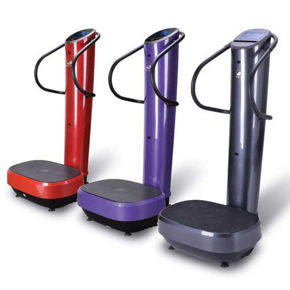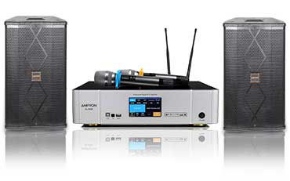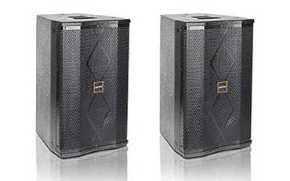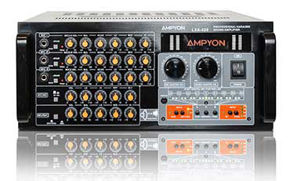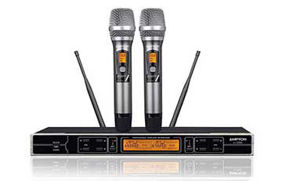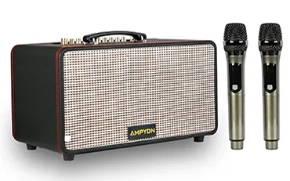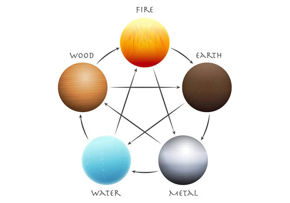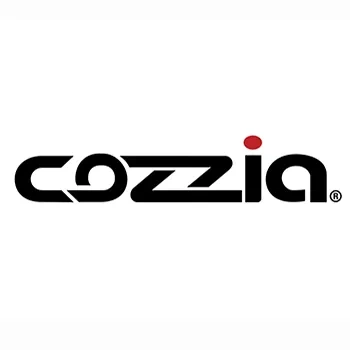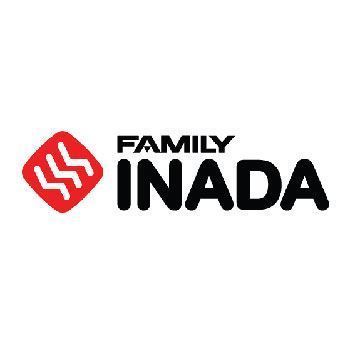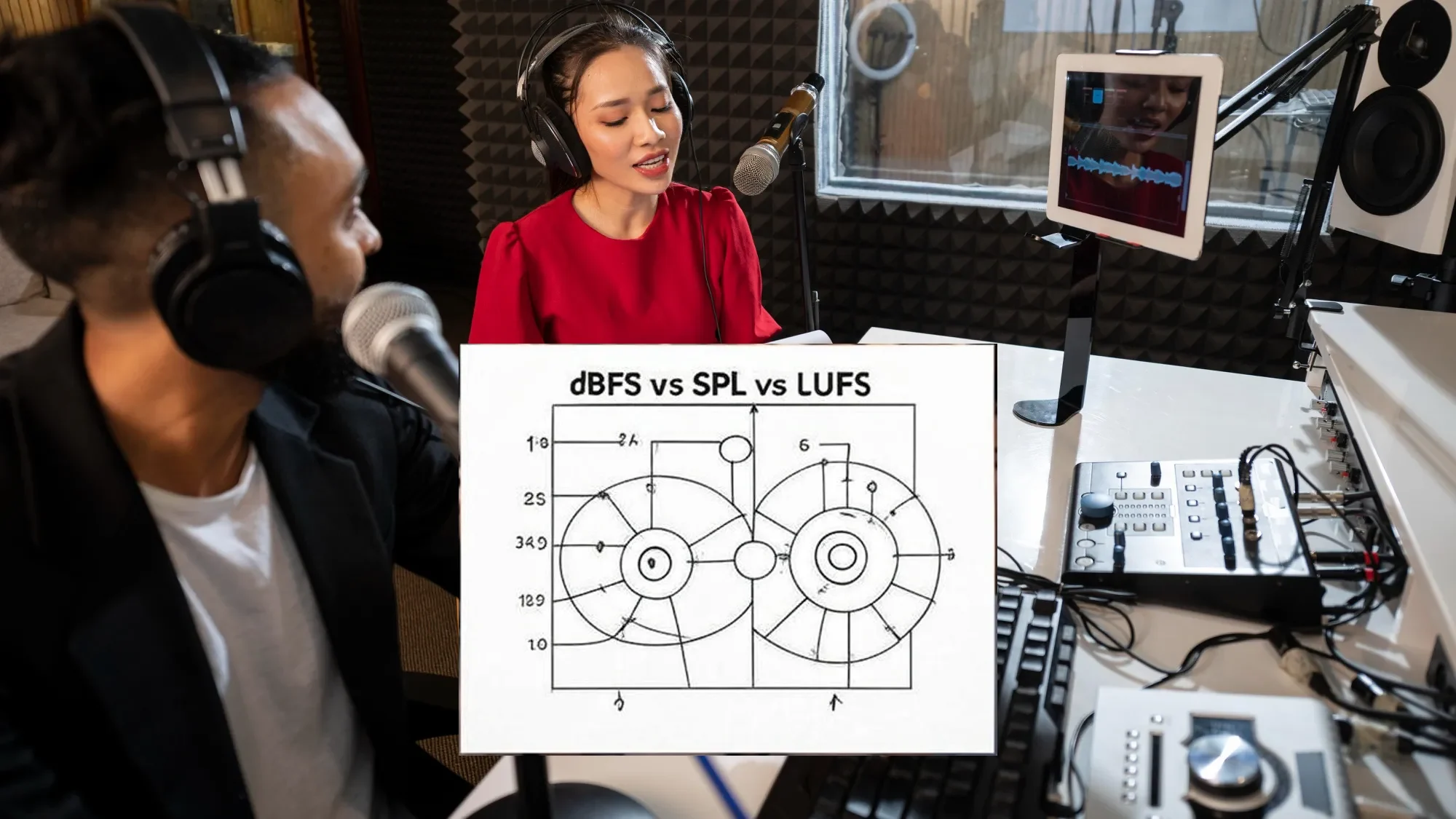
A practical, engineer-friendly guide to dB, dBFS, SPL, and LUFS for karaoke. Learn what each meter really measures, where it sits in your signal chain, and the simple targets that keep vocals clean, rooms comfortable, and uploads consistent.
TL;DR
dB
A ratio used to compare power or amplitude (10·log or 20·log). Needs a reference.
- +3 dB ≈ 2× power
- +10 dB ≈ ~2× as loud
- −6 dB amplitude ≈ half voltage/pressure
dBFS
Digital scale where 0 dBFS = full scale (clipping). Everything else is negative.
- Vocal peaks ≈ −6 dBFS
- Vocal average ≈ −18 dBFS
- True Peak ≤ −1 dBTP on exports
SPL
Sound in air at your ears, referenced to 20 µPa. Shown as dB(A) or dB(C).
- Average ≈ 80–90 dB(A)
- Short peaks < 100–105 dB(A)
- Use dB(C) to sanity-check bass
LUFS
Perceived loudness over time (Momentary/Short-term/Integrated).
- Upload target: −16 to −14 LUFS (Integrated)
- True Peak ceiling: −1 dBTP
- Normalize backing tracks by LUFS
Why these four numbers get mixed up
They don’t measure the same thing or share the same reference. dB/dBFS describe signal levels in electronics or digital; SPL is what’s happening in the air in your room; LUFS is how loud it feels over time. Watch the wrong meter and you’ll either clip clean-looking files, tire ears in the room, or get your uploads turned up/down by platform normalization.
1) dB — the building block
Decibel (dB) compares ratios on a log scale:
Power: dB = 10 · log10(P / Pref)
Amplitude: dB = 20 · log10(A / Aref)Rules of thumb
- +3 dB ≈ double the power
- +10 dB ≈ roughly twice as loud (perception varies)
- −6 dB amplitude ≈ half voltage/pressure
- Double distance in free field ≈ −6 dB SPL
Common references
- dBu: 0.775 V RMS (pro analog)
- dBV: 1.000 V RMS (consumer)
- dBFS: digital full scale
- dB SPL: 20 µPa (in air)
dB is a ratio. Without its reference, a dB number is only half the story.
2) dBFS — the ceiling of digital audio
dBFS is the native scale inside DAWs and digital mixers. 0 dBFS is the hard ceiling; clipping lives above it. Real signals live below zero.
Mic gain staging
- Have singers hit their loudest line
- Set channel peaks ≈ −6 dBFS
- Average while singing ≈ −18 dBFS
Master headroom
- Avoid flirting with 0 dBFS
- Use a limiter with −1 dBTP ceiling
- Watch crest factor; compress gently if needed
Pushing meters near 0 dBFS doesn’t make the room louder—SPL does.
3) SPL — the volume in the room
SPL (Sound Pressure Level) is what your ears receive in the room. Meters apply A-weighting (dB(A)) for comfort/safety and C-weighting (dB(C)) for a truer look at bass. FAST vs SLOW control responsiveness.
Targets
- Average: 80–90 dB(A)
- Short peaks: < 100–105 dB(A)
- Sensitive listeners: back off 5–10 dB
Room tips
- Small/reflective rooms feel harsh sooner
- Add absorption at early reflections
- Check dB(C) to right-size sub bass
4) LUFS — perceived loudness over time
LUFS (a.k.a. LKFS) tracks perceived loudness with K-weighting and gating. Meters show Momentary (~400 ms), Short-term (~3 s), and Integrated (whole program).
Why it matters
- Platforms normalize loudness
- Consistent LUFS prevents auto turn-up/down
- Keep dynamics musical, then trim to target
Practical targets
- Integrated −16 to −14 LUFS
- True Peak ≤ −1 dBTP
- Normalize backing tracks by LUFS
Quick comparison table
| Term | What it measures | Reference | Typical scale | Where you see it | Why it matters for karaoke |
|---|---|---|---|---|---|
| dB | Ratio of power/amplitude | Varies (dBu, dBV, etc.) | ±∞ | Specs, analog meters | Core math (+3 dB ≈ 2× power) |
| dBFS | Digital level vs full scale | 0 dBFS = clip ceiling | 0 down to −∞ | DAW/digital mixer | Mic gain staging, headroom |
| SPL | Sound pressure in air | 20 µPa | ~50–110 dB | SPL meter | Comfort & safety in the room |
| LUFS | Perceived loudness | K-weighted, gated | 0 down to −∞ | Loudness meter | Consistent tracks & stream targets |
How each affects karaoke, from mic to upload
A) Room experience → SPL first
- Aim for 80–90 dB(A) average; peaks < 100–105 dB(A)
- Reduce harshness with mild EQ or room treatment
- Manage bass with dB(C)
B) Clean, confident vocals → dBFS
- Peaks ≈ −6 dBFS, average ≈ −18 dBFS
- HPF 80–120 Hz; gentle compression 2.5:1–3:1
- De-ess 5–8 kHz if needed; avoid giant anti-feedback cuts
C) Even backing tracks → LUFS
- Normalize by Integrated LUFS, not peak
- Smoother song changes; steady vocal placement
D) Easy uploads & streams
- Limiter last with −1 dBTP ceiling
- Total show around −16 to −14 LUFS
- If limiter slams >5 dB, pull back upstream
A 15–30 minute setup routine
- Calibrate room SPL: play −20 dBFS pink noise; raise master until the main seat reads ~83–85 dB(A) (small rooms) or 85–88 dB(A) (larger). Mark the knob.
- Stage vocal gain (dBFS): have the singer hit their loudest parts; set channel peaks ~ −6 dBFS, average around −18 dBFS. Engage HPF and light compression.
- Level backing tracks (LUFS): adjust each track to sit within ±2–3 dB of your target.
- Master & check: limiter ceiling −1 dBTP; rehearse a set and confirm show Integrated lands near −16 to −14 LUFS. Re-check SPL and comfort.
Common mistakes (and fixes)
- Watching only dBFS: also monitor SPL to protect ears and keep the room pleasant.
- Exporting at −0.1 dBFS peaks: use True Peak limiting with a −1 dBTP ceiling.
- Normalizing by peak/RMS: normalize by Integrated LUFS for consistency.
- Carving huge EQ notches for feedback: fix placement/levels first; use narrow cuts sparingly.
- Brightening reflective rooms: treat reflections or trim 2–4 kHz; volume isn’t the only lever.
- Letting the limiter do all the work: apply tasteful compression earlier; leave limiter to catch peaks.
Quick Q&A
- Why do dB(A) and dB(C) disagree?
- Different weighting curves. dB(A) mimics moderate-loud hearing; dB(C) keeps bass more honest. Use A for comfort/safety, C for bass balance.
- −18 dBFS looks “quiet.” Am I under-driving?
- No. That’s an average target for headroom. Loudness in the room comes from speakers and SPL, not hugging 0 dBFS.
- LUFS vs RMS—what’s the difference?
- RMS measures energy. LUFS adds K-weighting and gating to match perceived loudness and platform normalization.
- I never upload or stream. Do I still need LUFS?
- It’s still great for leveling backing tracks so your show doesn’t jump in loudness between songs.
Pocket formulas and targets
- Power: +3 dB ≈ ×2 power; +10 dB ≈ ~2× perceived loudness
- Distance law: double distance ≈ −6 dB SPL (free field)
- Mic in digital: peaks ~ −6 dBFS; average ~ −18 dBFS
- Upload master: Integrated −16 to −14 LUFS; True Peak ≤ −1 dBTP
- Room listening: 80–90 dB(A) average; peaks < 100–105 dB(A)
Hearing safety: as average SPL rises, safe exposure time drops quickly—give ears breaks.
Practical karaoke checklist
Before guests arrive
- Calibrate SPL to ~85 dB(A) with −20 dBFS pink noise
- Place speakers to avoid firing into mics; tune sub with dB(C)
- Normalize frequent backing tracks to a common LUFS
During the session
- Keep vocal channel peaking ~ −6 dBFS; average ~ −18 dBFS
- 2–4 dB compression on strong phrases; de-ess as needed
- Limiter ceiling −1 dBTP; if it slams constantly, pull back upstream
- Watch SPL; if > 90–92 dB(A) for long spans, ease off or soften 2–5 kHz
If you record/stream
- Confirm show Integrated near −16 to −14 LUFS
- Listen on earbuds/small speakers to ensure vocal clarity
Where each meter lives in the chain
Mic → Preamp (analog) → A/D → DSP/Mixer (digital) → D/A → Power Amp → Speakers → Room → Ears
- dBFS: after A/D and inside digital processing
- dBu/dBV: analog I/O between boxes
- SPL: at the ears in the room
- LUFS: program-level measurement at the output/file
Conclusion
Use each meter for what it’s good at: dBFS to keep digital headroom, SPL to keep the room pleasant, and LUFS to keep songs and uploads consistent. With mic peaks around −6 dBFS, average around −18 dBFS, room average 80–90 dB(A), and exports at −16 to −14 LUFS / ≤ −1 dBTP, karaoke stays clear, punchy, and comfortable.

